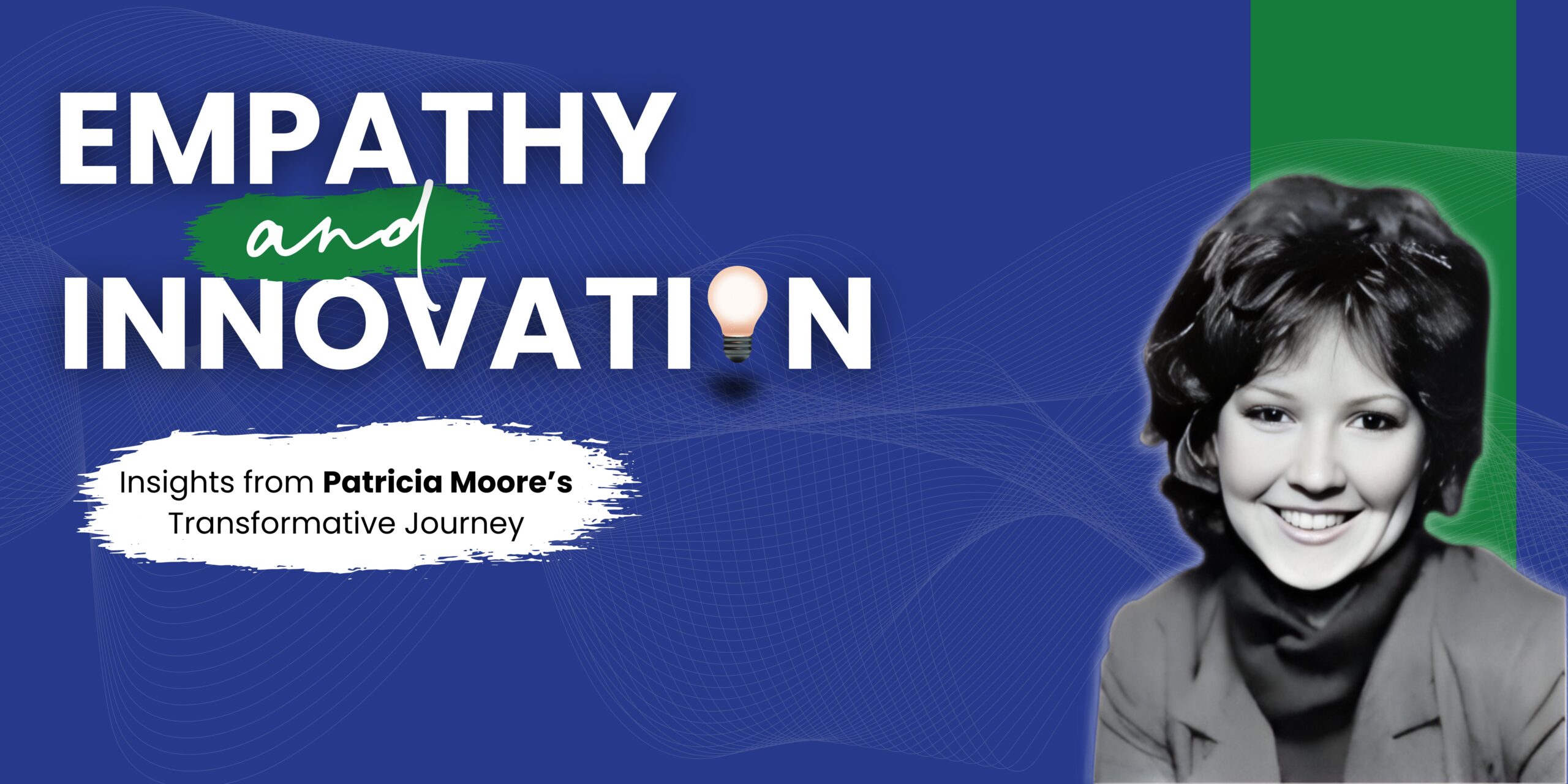“Tempered radicals bear no banners; they sound no trumpets. Their ends are sweeping, but their means are mundane.” -Debra Meyerson
“A known devil is better than an unknown angel” is a common adage we use to justify our being comfortable with the known, the familiar, the look alike and the think alike. In doing this, and sometimes without deep thinking we exclude people, systems and styles that we are unfamiliar with or whose values, culture or background is at variance with ours. The dynamism in our operating environment calls for leaders to maximize the available intellectual capital to the organization, to achieve this you must suspend your biases and the practices of exclusivity in managing talents. Failure to do this means you may have tactically and unknowingly sign off your capacity to create better values, unlock possibilities and solve complex problems, thereby undermining performance.
There are people called tempered radicals in organizations, who are they and why do we need them to drive successful change? In her Harvard Business Review article: “Radical Change, the Quiet Way”, Debra Meyerson describes them as “people who want to succeed in their organizations yet want to live by their values or identities, even if they are somehow at odds with the dominant culture of their organizations… Tempered radicals are likely to think ‘out of the box’ because they are not fully in the box. As ‘outsiders within,’ they have both a critical and creative edge. They speak new ‘truths.’
Pay attention to some of their qualities, they are not your enemies, they are not indolent, they are simply people that want to succeed, they may think and look differently from you, their beliefs systems may be contrary to yours however, they are creative in their thinking, hence they present to you the new truth, that can help you become better and create superior performance for your institution.
The title of the article is a question, where are your tempered radicals? The title connotes the fact that you have them though you may not recognise them and understand their values. To give a better understanding, Tempered Radicals believe that direct, angry confrontation will get them nowhere, they have stability of emotions and maturity of minds, they are superbly concerned about the problem and they know that something must be done about it. Tempered radicals work quietly to challenge prevailing wisdom and gently provoke their organizational cultures to adapt. Mayerson called them Tempered Radicals because they are people that effect significant changes in moderate ways. They become acceptable to different stakeholders because they show a form of leadership that is localized, diffused, modest, quiet and sometimes less visible at the beginning.
Identify your Tempered Radicals
They are the ones that get things done, unfortunately in many organizations, leadership may pay little attention to these individuals and sometimes the workplace could be quite unfriendly for them because of politics, cultural differences, personality or orientations. Leaders should always remember that the best singer is not necessarily the one with the loudest pitch but the one with subtle and clear voice, with impactful message and aligned rhythm. What set Tempered Radicals apart
Ambivalence and Strong commitment: “They want to rock the boat, and they want to stay in it,” they have firm commitment but have a very flexible approach. tempered Radicals are known for their commitment to their organization, dedication to the mission and understanding of situations.
Mayerson described them very nicely when she said that
“Tempered radicals bear no banners; they sound no trumpets. Their ends are sweeping, but their means are mundane. They are firm in their commitments, yet flexible in the ways they fulfill them. Their actions may be small but can spread like a virus. They yearn for rapid change but trust in patience. They often work individually yet pull people together. Instead of stridently pressing their agendas, they start conversations. Rather than battling powerful foes, they seek powerful friends. And in the face of setbacks, they keep going.”
Minority Status and Action Oriented: a female working in a male dominated engineering department, an African working in a caucasian dominated college, an introvert working in an entertainment industry, a person of color playing football in an all white dominated team or a male nurse in a female dominated nursing home. They can be mostly in the minority, but regardless of our level of understanding of these individuals, we should not lose the consciousness of the fact that they can bring new energies into the organizations, they can be a catalyst for change when organization is facing a difficult moment, drive innovations through sheer intuitions
They are not radicals that work to dismantle existing systems, but rather they work to strengthen existing systems, they push against the status quo.
Clarity and Truth: they are strong on purpose and Speak truth even though they may be afraid; though their look, positions and orientation may be unpopular under the existing norms, they may be afraid to swim against the tide yet they are not against speaking the truth whenever necessary.
Dominant culture and dynamics: ambivalence is a common currency among the tempered radicals, they “identify with and are committed to their organizations and are also committed to a cause, community, or ideology that is fundamentally different from, and possibly at odds with the dominant culture of their organization” (Meyerson and Scully, 1995). While most managers will be concerned and termed them rebellious however, a critical strength of tempered radicals is their ability to question the logic behind current practices, they are quick to identify ways whereby normal patterns undermine the interest of some group of people, limit their potentials and constraints organizational effectiveness.
Source for positive change and virtue in organizations: can you actively seek out those who demonstrate positive energy, who inspire others in a subtle way, those who talk about and demonstrate positive virtue, those are the ones you want to bring closer in your change program. They are a critical asset and should not be allowed to waste based on their looks, beliefs or ethnicity.
Conclusion
We need Tempered radicals in every organization because of their ability to drive change through their tempered behavior, they may look different, act strangely or talk in a funny way, these are not weaknesses, those are actually their strengths which your organization needs to latch on and become innovative and drive change in positive way. You need not go far to get them because they are everywhere, at every ladder of your organization structure, in every job function that needs performance in your organization, they are on the floor level, execs office and even in your boardroom. Their strategies may be different but their impact can be sweeping. Don’t overlook these groups of people, as a leader you should actively seek out for them but therein might lie the solutions to complex problems in your organization, they may be the vista for culture change and successful delivery of your change projects.

Olukunle A. Iyanda PhD, FCA, SNFLI.
Founder/CEO, BROOT Consulting Nigeria Limited.
Human-Centric Design Led Innovation Consultant.




